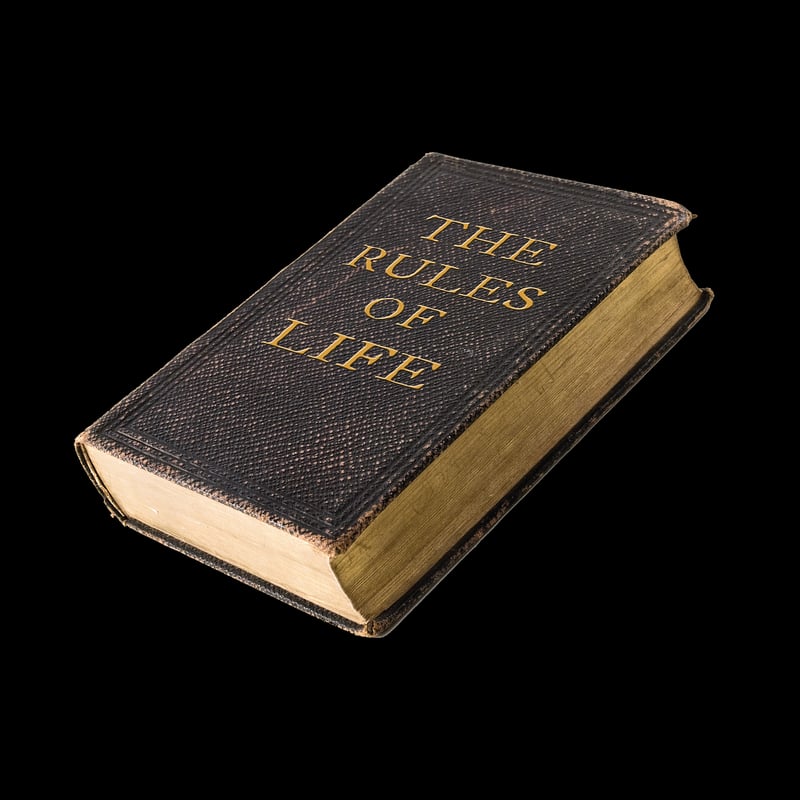Timeline Rules
Guidance for Travelers: Timeline Rules
Introduction
Welcome, travelers! Navigating through timelines can be both exciting and challenging. Whether you are planning a trip or exploring historical events, understanding timeline rules is essential. Here's a guide to help you make the most of your journey through time.
What is a Timeline?
A timeline is a visual representation of a sequence of events arranged in chronological order. It helps users understand the flow of time and how various events are connected.
Timeline Rules
1. Chronological Order
Events should be arranged in the order in which they occurred. This helps maintain the historical accuracy of the timeline.
2. Clear Labels
Each event on the timeline should have a clear and concise label to indicate what happened at that specific point in time.
3. Consistent Time Intervals
Ensure that the time intervals between events are consistent. This helps users gauge the relative time distance between different events.
4. Visual Cues
Use visual cues such as color coding or icons to differentiate between various categories of events or time periods. This makes the timeline more visually appealing and easier to interpret.
5. Highlight Key Events
Identify and highlight key events that are significant or have had a major impact on the subject matter being presented on the timeline.
Conclusion
Mastering timeline rules can enhance your understanding of historical events, plan your travels efficiently, and create engaging visual representations of time. Remember to follow these guidelines to make your journey through timelines both informative and enjoyable.

For more guidance and inspiration, visit History.com's Ancient History Timeline.
